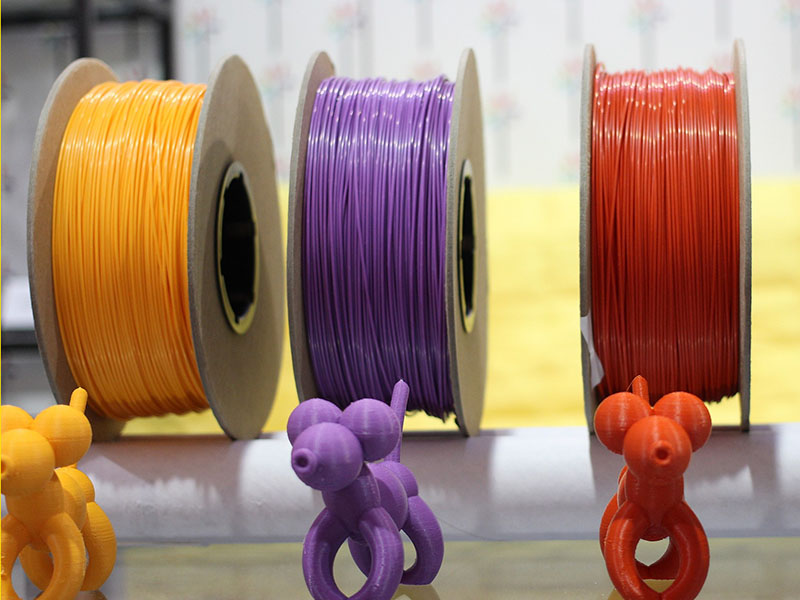3D Printing Filament Extrusion Line
3D printing filament is the thermoplastic feedstock for fused deposition modeling 3D printers. There are many types of filament available with different properties. Filament comes in a range of diameters, most commonly 1.75 mm and 3.0 mm, with the latter often being confused with the less common 3 mm. The filament consists of one continuous slender plastic thread spooled into a reel

3D Printing Filament Knowledge You Should Know
3D printing filament is created using a process of heating, extruding, and cooling plastic to transform nurdles into the finished product. However, unlike a 3D printer, the filament is pulled rather than pushed through the nozzle to create the filament. The diameter of the filament is defined by the process that takes place after the plastic has been heated rather than the diameter of the extruder nozzle. A different force and speed are applied to the filament as it is pulled out of the extruder to define the width of the filament, most commonly 1.75 mm or 2.85 mm in diameter.
The plastic nurdles are always white or clear. Pigments or other additives are added to the material before it is melted to create colored filament or filament with special properties, e.g. increased strength or magnetic properties. Before the filament is extruded the nurdles are heated to 80 °C to dry it and reduce water content. The nurdles must be dried as many thermoplastics are hygroscopic and extrusion of damp plastic causes dimensional flaws (this is also the case when the finished filament is being printed). From there the nurdles are fed into a single screw extruder where it is heated and extruded into a filament. The diameter is often measured by a laser beam(not melting) as part of a quality control mechanism to ensure the correct diameter of the filament. The filament is then fed through a warm water tank which cools the filament and gives the filament its round shape. The filament is then fed through a cold water tank to cool it to room temperature. It is then wound onto a spool to create the finished product.
Main Materials and Concerned Points
Filament | Special Properties | Strength | Flexibility | Difficulty to print | Print Temperature (°C) |
PLA | · Easy to print · Biodegradable, though only in very specific conditions | Medium | Low | Low | 180 - 230 |
ABS | · Durable · Impact resistant | Medium | Medium | Medium | 210 - 250 |
PETG (XT, N Vent) | · More flexible than PLA or ABS · Durable | Medium | High | Medium | 220 - 235 |
Nylon | · Strong · Flexible · Durable | High | High | Medium | 220 - 260 |
TPE | · Extremely flexible · Rubber-like | Low | High | High | 225 - 235 |
TPU | · Extremely flexible · Rubber-like | Low | High | High | 225 - 235 |
PVA | · Dissolvable · Water Soluble · Biodegradable · Oil Resistant | High | Low | Low | 180 - 230 |
PET (CEP) | · Strong · Flexible · Durable · Recyclable | High | High | Medium | 220 - 250 |
Polycarbonate | · Very strong · Flexible · Durable · Transparent · Heat Resistant | High | High | Medium | 270 - 310 |
PP | · Flexible · Chemical Resistance | Medium | High | High | 210 - 230 |
PMMA, Acrylic | · Rigid · Durable · Transparent · Clear · Impact Resistant | Medium | Low | Medium | 235 - 250 |

